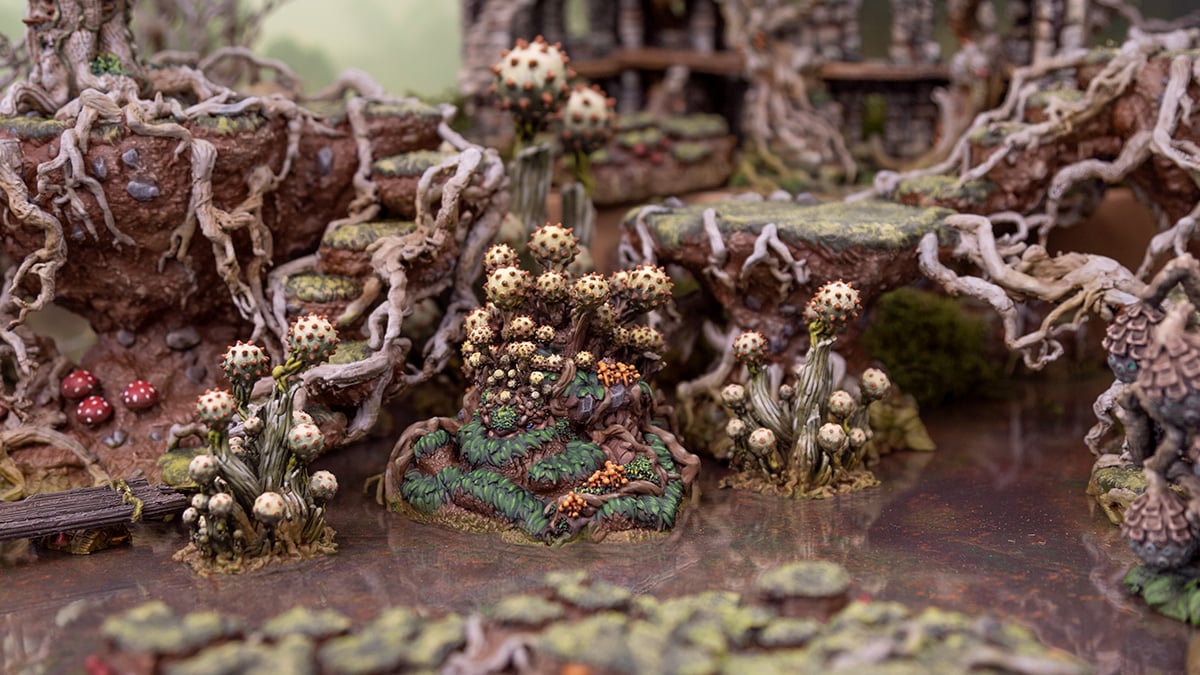
Tips for Assembling 3D printed models
You’ve downloaded your STLs, put them through a slicer, and waited patiently for them to print. Its time to take them off the printer, and assemble them for painting. To help with this next stage, we’ve put together a range of tips for assembling 3D printed models, for both FDM and Resin models.
3D printed models are easier to assemble than traditional plastic or metal molded miniatures. Often 3D prints will come in one piece and can be ready to go! There are however, a few easy steps you can take to make your models pop and to clean up any small faults with your print.
Whilst FDM and Resin have many differences, there’s a few tips that are the same;
Safety
We’ll get this out of the way early; Please use caution and appropriate safety gear when preparing your models. Wear a safety mask and work in a well-ventilated room if you’re doing anything that produces fumes (like heating and bending FDM) and wear safety glasses and gloves when washing resin models.
Otherwise use your common sense. Cut away from yourself with craft knives and use a cutting board to protect surfaces. Make sure you clean up excess small parts of plastic and resin. They can be a choking hazard to children and pets!
Glues
For our models we glue together parts with Super Glue in either liquid or gel form. For large surface areas on big models sometimes epoxy adhesive (Araldite) is also useful. PVA or woodworking glue is useful to have for gluing down grass tufts and flock, and even for small bits of gap filling.
Plastic Glue or Polystyrene Cement isn’t ideal for FDM models, as the plastic compound is different and it won’t bond very well compared to traditional plastic models.
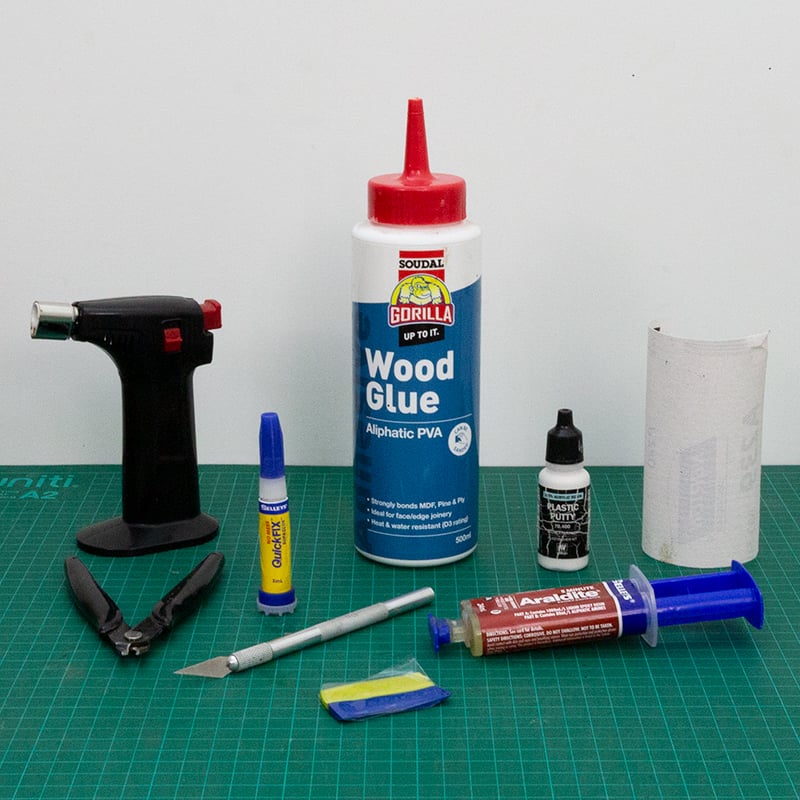
Assembling Resin Models
Presented here are a few tips and tricks we’ve learnt for assembling resin models
Bathing
Because Resin models are printed from liquid resin, they’ll need the excess liquid cleaned off before they can be fully set and painted.
With protective gloves on, carefully remove the model from the build plate with a scraper and pop it into a ‘bath’ (container) of Isopropyl Alcohol. You should be able to submerge the model in it, but if its too large just turn it over a few times. With an old brush you can give it a wipe to assist in cleaning off any excess resin. Whilst the model is bathing its a good time to remove any supports that it was printed with. Carefully cut and twist the supports free from the model and leave it in the bath for approximately 30 minutes. Drain it off on some paper towel and place it in a curing station to fully harden, or in some sunlight for 1-2hrs.
Clean Up
With the model cured and supports removed, now its time to go over each component and carefully clean up any marks or stray bits of supports left on the model. For this we use a craft knife, but you could use files or a scraping tool. Often you’ll want to sand flat the bottom on the model, just ensure you don’t inhale the dust!
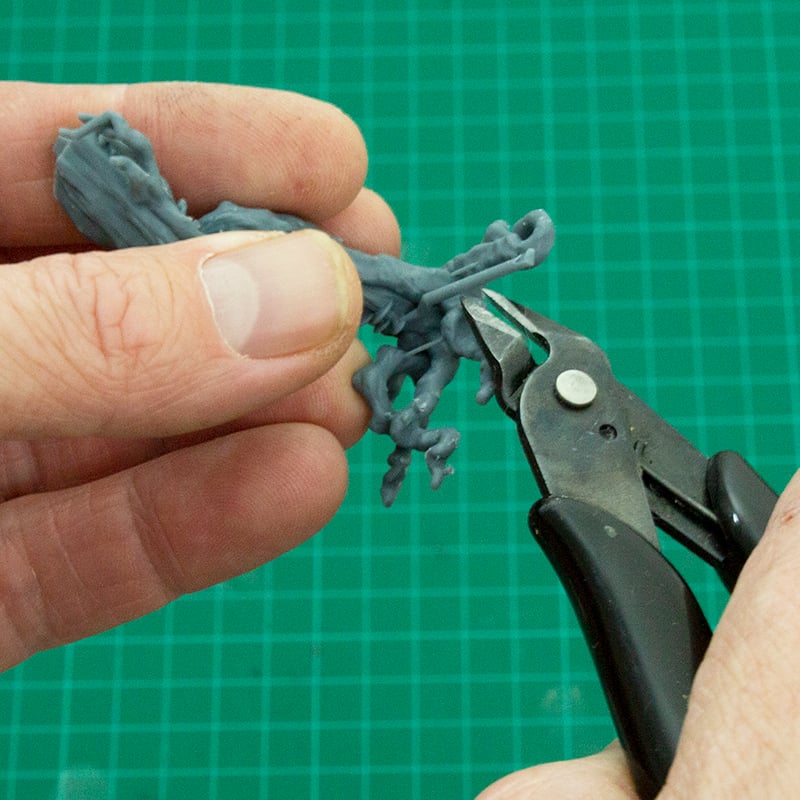
Once you’ve cleaned up all the components, you can glue them together!
Gluing
As previously mentioned, we use super glue for assembling 3D printed models. When doing so, put a small amount on one side only or the pieces being glued and gently press them together. Hold this for 30-60 seconds.
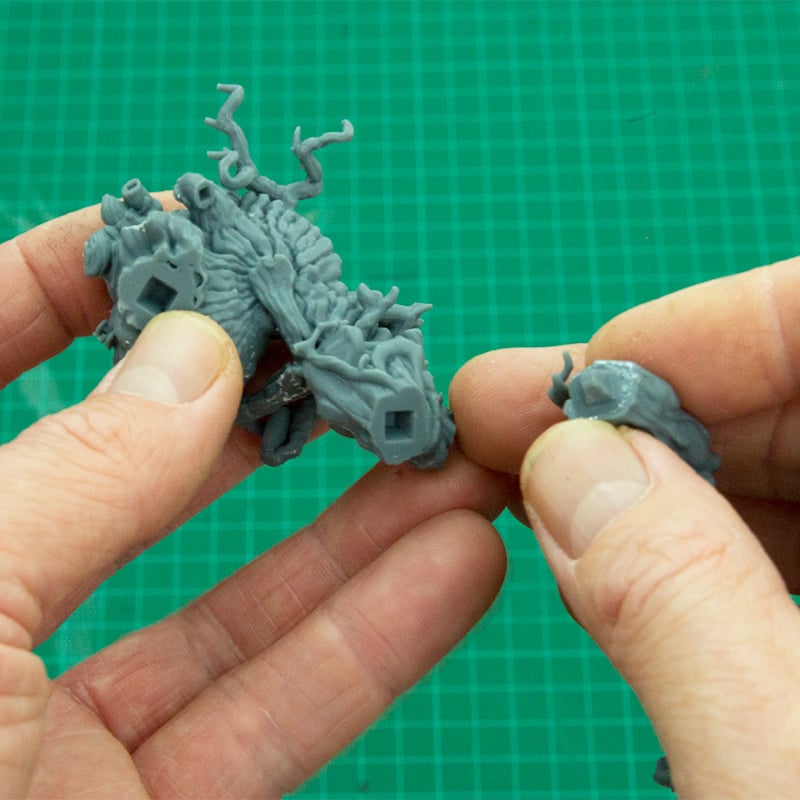
If it doesn’t initially hold, just be patient and hold it for another 30-60 seconds. You don’t need to apply force when doing so, as it could risk breaking the model. One temptation is to add more glue, resist this! Adding more glue will only increase the drying time.
Gap Filling
Sometimes, where two components meet, there will be a small seam line between the pieces. If you’re going for a high-end finish, it’s a good idea to fill in these tiny lines. There are 3 main ways you can fill in gaps; Plastic Putty, Green Stuff or PVA.
If the seam is less than 1mm, or plastic putty (a.k.a. liquid green stuff) is ideal. Simply paint it in the gap with some overflow, let it fully dry, then trim/sand away the excess. Because they shrink as they dry you may need to do a second coat but this is rare.
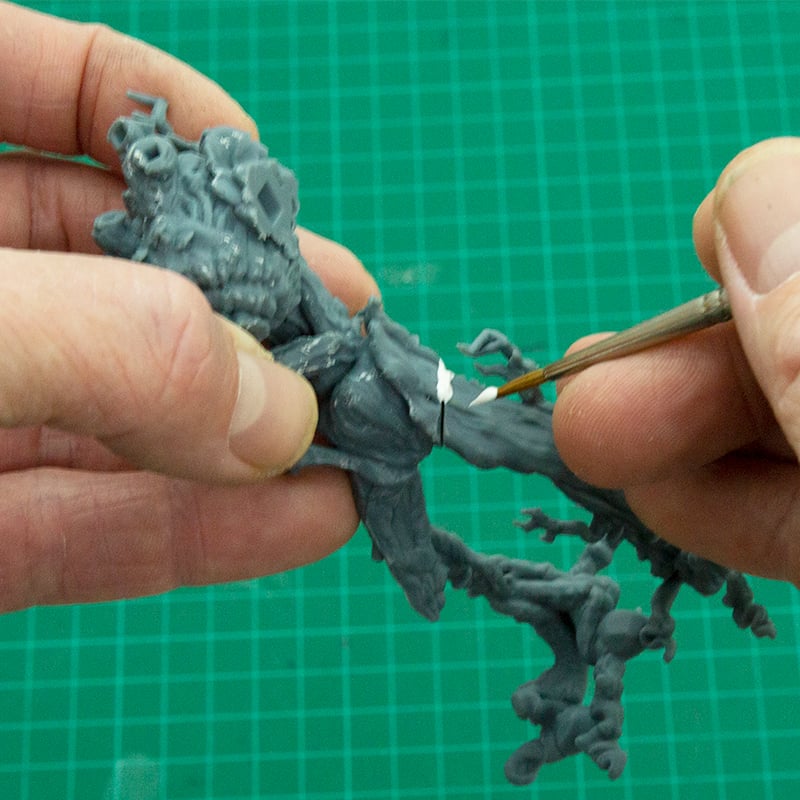
For larger gaps, mix together a small amount of green stuff, roll it into a sausage and press it into the gap. With a sculpting tool, scrape away any excess until you are satisfied with the fill. Green stuff can be a bit trickier to use than the liquid fillers, but gives you greater control over the end result.
Assembling FDM models
FDM models have their own tips when it comes to assembly. However, gluing and gap filling is the same as for resin models.
Support Removal
Most Printable Scenery FDM models don’t require supports to print, and others have some built into the design. If you find yourself needing to remove supports, we suggest cutting them away from the model using model cutters. Then, from the bottom, using a pair of pliers, grip a section of support and pull it away from the model. Be careful and keep in mind the design, as you don’t want to yank off a component of the model.
Stringing and Webbing
Sometimes, due to temperature and humidity you can get small webs between parts of your model. This is ok, typically the print itself will still be perfect, just those thin webs need to be taken care of. The primary way we clean up webbing is with a small blowtorch. On it’s lowest setting, ignite the torch and gently wave it near the webs and watch them disappear! Ensure you take appropriate safety measures and do this in a well-ventilated area.
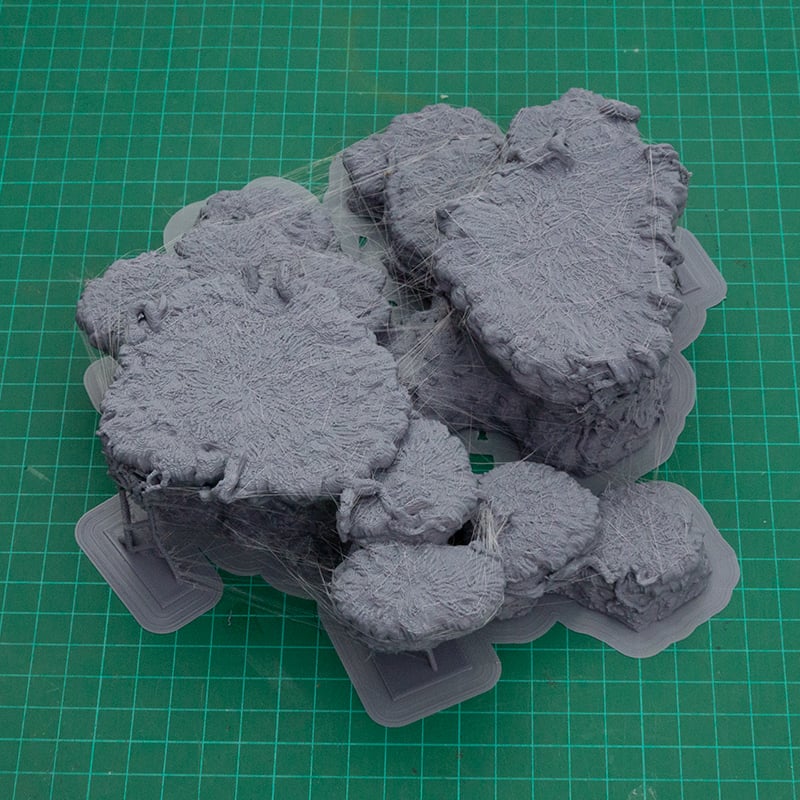
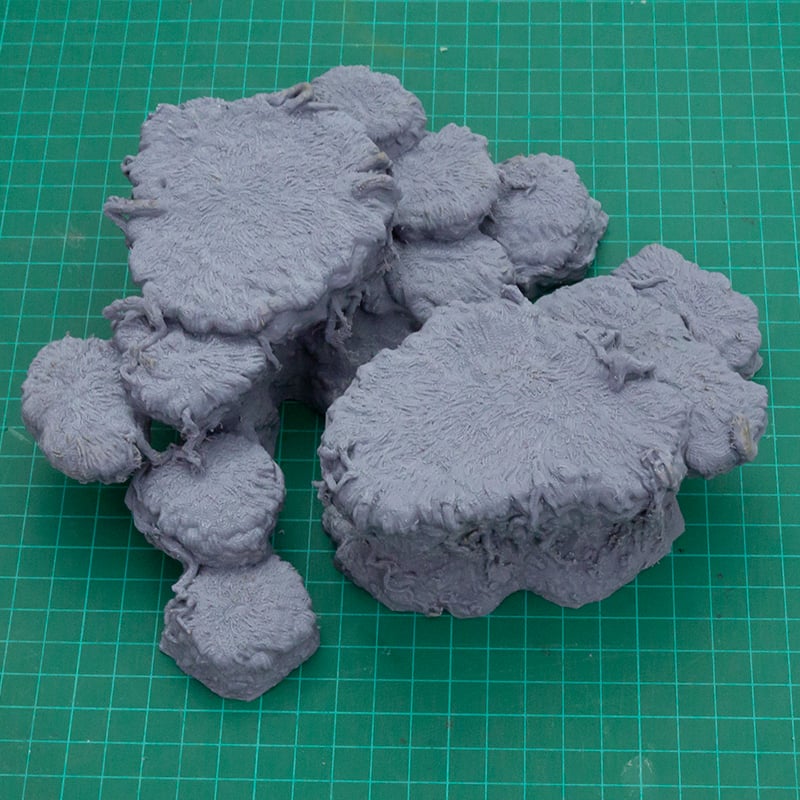
If you prefer not to use heat, you can remove them with a craft knife and sand paper, scraping away at the base of the webbing to free them from the model.
Sometimes you might get a small amount of stray filament on a model, known as stringing. Like with webbing this is easy to melt away or trim off with a knife where necessary.
Bending, Shaping and Morphing
For some models you may want to re-shape them into new poses. With most models you need to chop off a part, glue it in a new position and fill in the gap left behind. FDM models have it way easier thanks to their low melting temperature. With a blow torch, or even a lighter, apply heat to the part you want to move in a slow and gentle approach. After a few seconds it will be soft and can be moved. Repose the model as you wish and hold it in place for 10-30 seconds while it cools down and resets. Easy!
We strongly recommend you do a test on some spare filament before heating your models. Some brands of filament don’t react well to heat and can even catch fire, so please use caution.
Drilling Alignment Holes
When a model is too large to be printed in one piece, often the components will have small alignment holes to ensure the pieces fit together nicely.
They are made at 1.75mm, conveniently the same diameter as standard PLA filament. It’s useful to drill out the holes slightly with a 2mm drill bit. Once complete cut a shortly length of spare filament and glue it in the hole. When the two components are glued together, the filament will align the two pieces perfectly.
Many doors on our models also come with the option to be assembled on a hinge to open and close. AS with alignment holes, drill out the hole to clear the way and use a spare piece of filament as the axle for the door to turn on.
Summary
Well that should be just about all you need to know to get your models from the printer ready to be painted. Remember to use safety and to be patient, extra time spent in preparation will ensure you are proud of your collection for years to come.
Check out our Tips for painting 3D printed models.
If you have any questions or other tips for assembling 3D printed models, leave a comment below or on our facebook page.
Always remember the most important tip:
HAVE FUN!
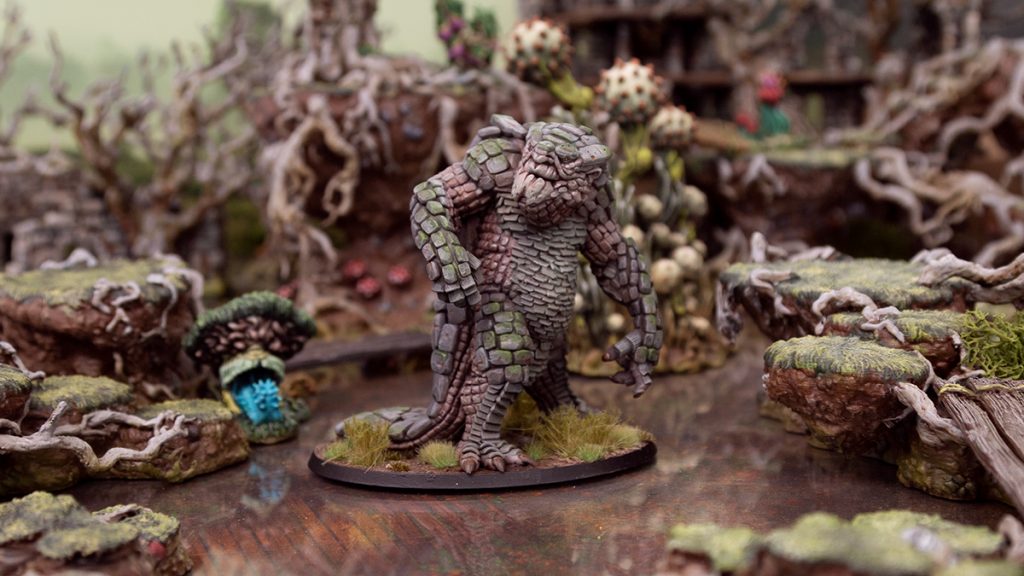
 My Account
My Account 



I am new to printing noticed there are a lot of options. Are there guidelines for your models like “use a 0.2 mm nozzle”, or “use a 0.1 mm layer height” as a starting place for those who don’t know what they are doing?
We’ve got this article on printer settings for the Ender 5 though many of the options to select are the same. It details some of the ideal settings to put into your slicer to get the best prints.
Over the next few weeks I can put together a post about starting 3D printing with our models. In the meantime our facebook group has a very helpful community too